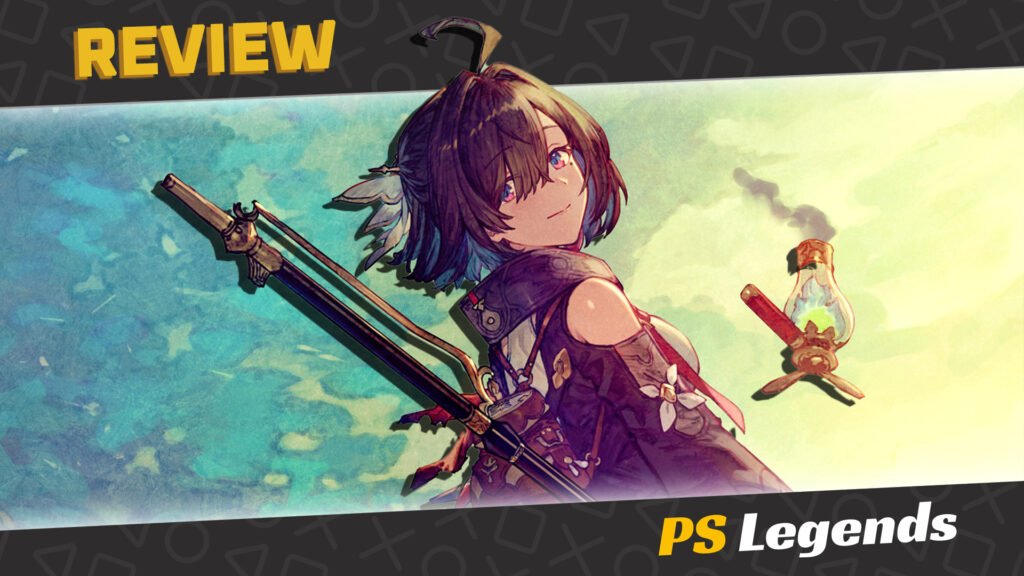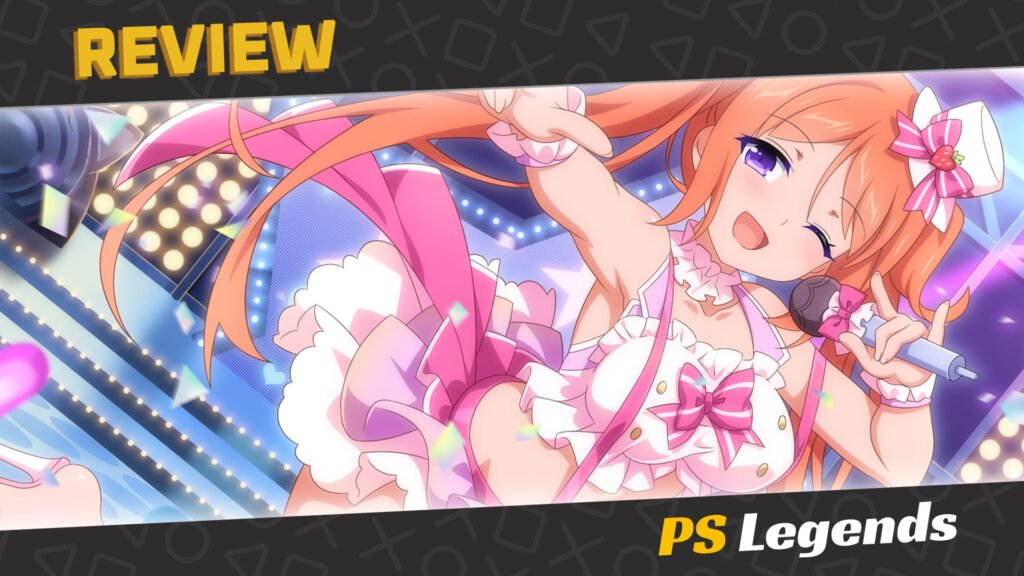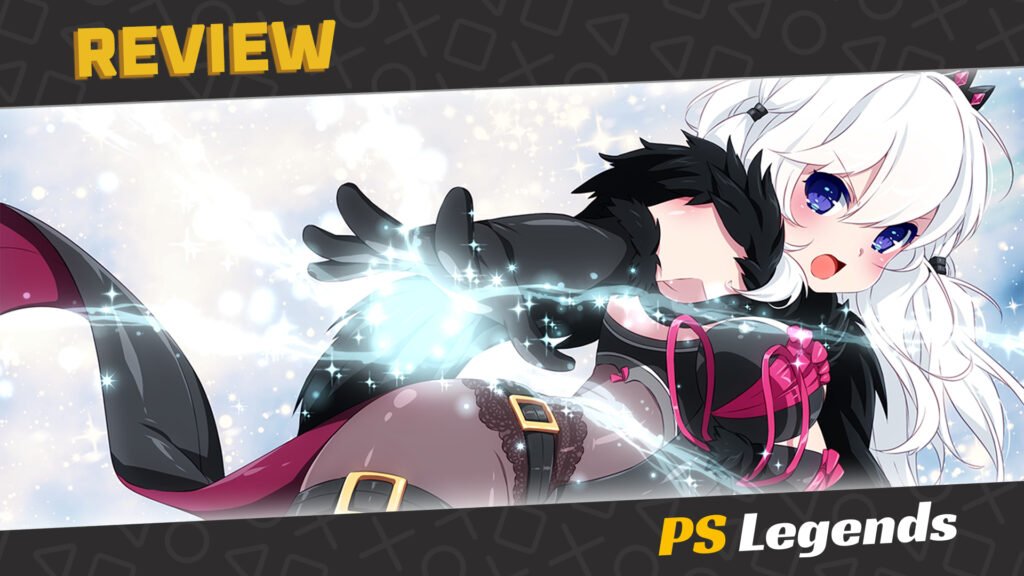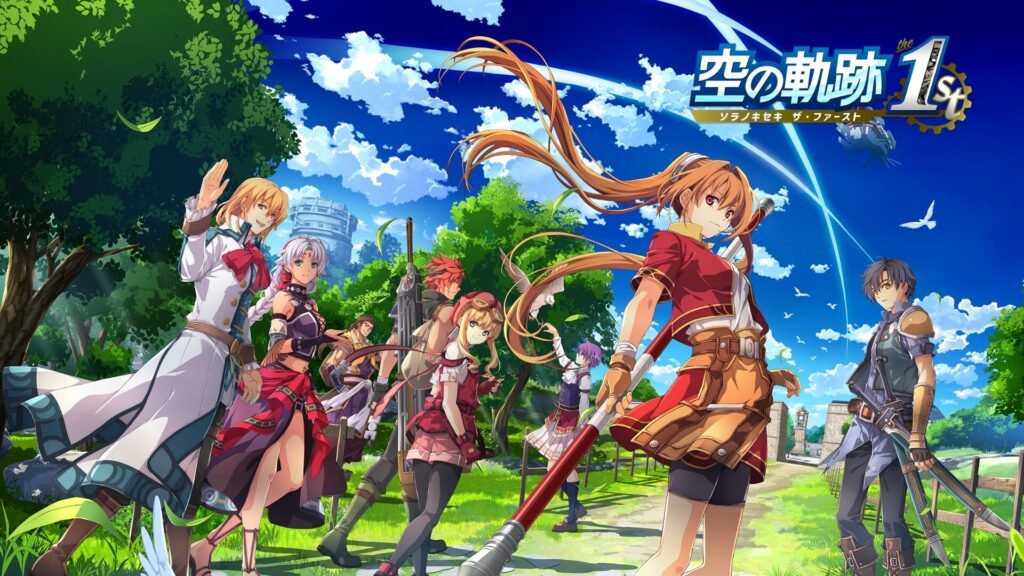Admittedly, I’ve not been particularly kind when reviewing the Atelier series so far, though this isn’t me being Mr Negative. I absolutely want to like the series, maybe even love it, yet every time we see a much-needed step forward with the games, these are always hindered by some significant step back. I don’t think it’s wrong to want the games to be the best that they can be.
The examples are numerous; Removing those stressful time limits of yesteryear unveiled those odd story triggers which only work in the right place and at the right time, stalling our progress considerably. Meanwhile, giving the games a graphical uplift seems to have come at the cost of dropping the previously excellent English voice acting, which hasn’t been restored no matter how many times Gust sends me a quality feedback survey.
With the games often working in themed trilogies (more or less), the arrival of a new sub-series arc usually brings with it a soft reboot of sorts, tempting new players with changes to the formula which may modernise the experience. Sadly, the Ryza trilogy didn’t do much in the way of overhauling the interface and steadying the overall progression. Thankfully, it’s time for a change.
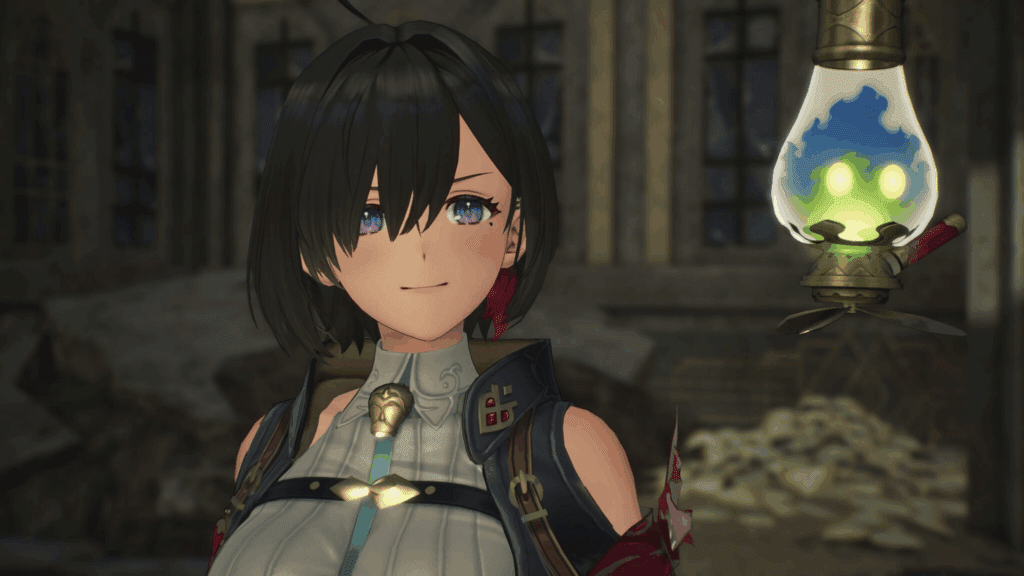
On This Page
An Open-World Atelier
Atelier Yumia: The Alchemist of Memories & the Envisioned Land (and that’s probably the last time that I’ll use the full title) is a crafting JRPG hybrid game developed by Gust. The game released worldwide on PlayStation 4 and PlayStation 5 on March 21st, 2025. It is the twenty-sixth main entry in the Atelier series and the first game in the ‘Envisioned’ series narrative arc.
The game is an open-world action-RPG. As is the norm for Atelier games, a significant focus is placed on item crafting, referred to as ‘Alchemy’, requiring the player to collect materials out in the field, which can be used for creating new items and equipment. The game steps away from the ‘coming-of-age’ themes of the earlier Atelier games and instead features a darker story with strong themes of prejudice.
Atelier Yumia feels very different from what came before. While most Atelier games feature a teenage protagonist learning basic Alchemy and integrating into a working society as part of a coming-of-age subplot, Yumia is that bit older and wiser. At the start of the game, she already has a knack for her craft, a decent if unappreciated work ethic, and considerable skill in combat.
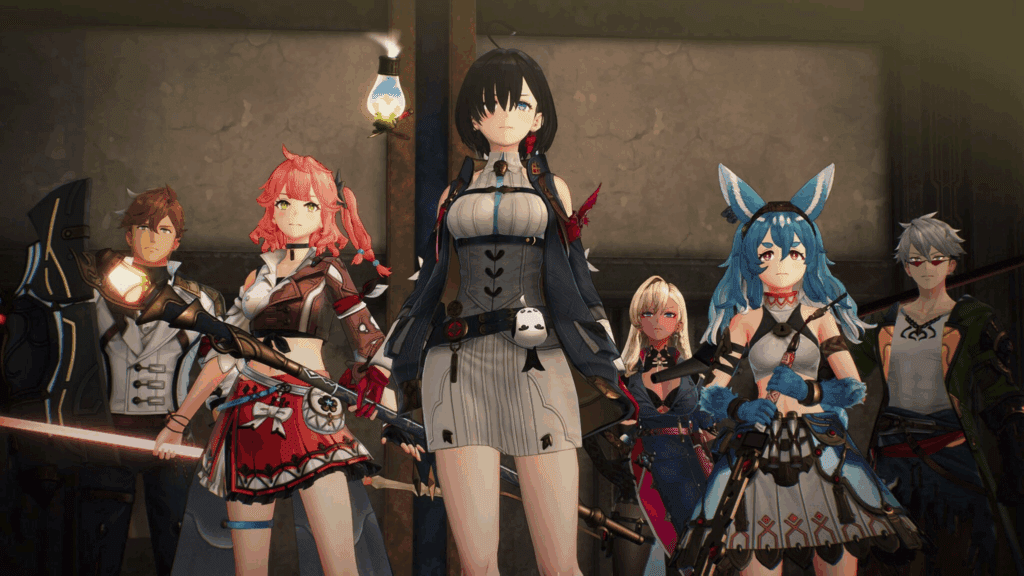
Forbidden Techniques
Many centuries ago, the remnants of the ancient Aladissian Empire were destroyed due to a mysterious cataclysm. Since then, the practice of Alchemy has been forbidden throughout the world, seen as an unholy, destructive force which the Aladissian Empire once abused. Those that still experiment with Alchemy in the present day are shunned and ostracised.
The game takes place during an expedition into a forgotten former territory of the Aladissian Empire. Due to the old Empire’s interest in Alchemy, the leader of the expedition enlists the help of Yumia Liessfeldt, who experiments with the lost art despite its stigma after learning of her Alchemist ancestry. With her help, the expedition team is able to make progress through the ruins which would otherwise be impossible.
However, as the team explore Aladiss, Yumia and the team start encountering various monsters who are sentient and capable of speech. Suspecting that their origins are connected to the old Empire and forgotten Alchemy, she hopes to discover the truth about the Empire’s downfall, and prove Alchemy’s value in the process.
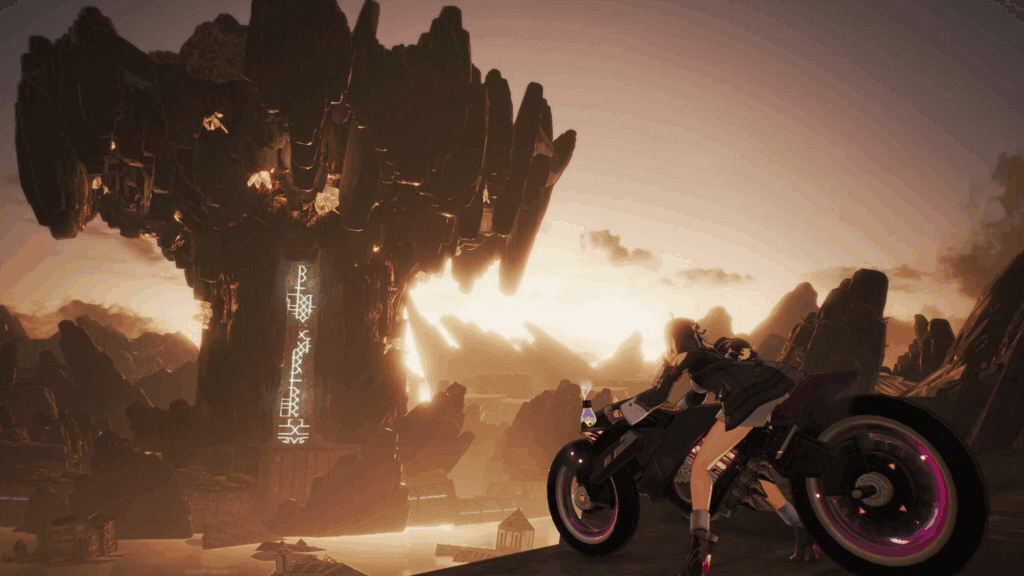
Explore and Gather!
Exploration is at the heart of Atelier Yumia. Traversal can be hindered by dangerous zones which can be ‘purified’ by reaching certain landmarks within them. Gatherable items exist all around you which can be collected by interacting with them or by shooting them down with Yumia’s rifle. Gunshots can also be used to interact with surroundings, such as lowering ladders and stunning monsters outside of battle. Another exploration feature is ‘Quick Alchemy’, which allows for fast item creation out on the field.
When Yumia touches an enemy, the game enters battle mode. Here, all active party members move around a group of enemies and attack them with combo attacks, skills, and items. The combat is fully real-time, and consists of selecting skills which each have a varied cooldown period after use. The player character can move around the battlefield and dodge enemy attacks. Additionally, synthesised items can also be used in battle.
Certain safe-zones can be converted into bases for Yumia and the party. Here, the player can create and place various objects, ranging from crates and barrels to walls and roof sections, creating entire buildings to fulfil various purposes. More advanced crafting is completed here. Extra features can also be used by installing relevant stations to complete specific tasks, such as energy replenishment and costume changes.
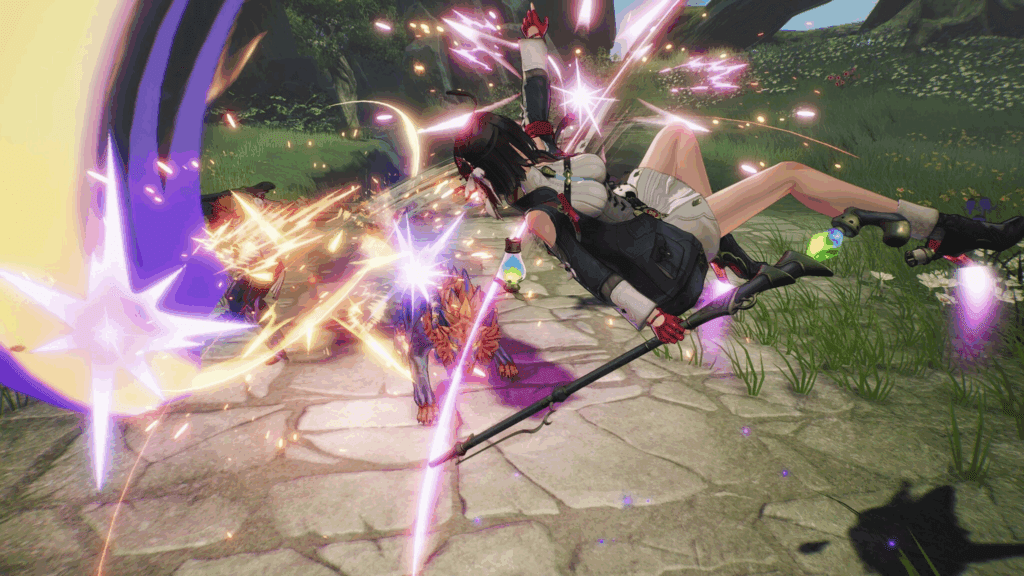
Graphics/Sound
In terms of visual quality, Atelier Yumia does make a genuine step up when we consider some of those blurry, juddery PS3 and early PS4 entries. Character models haven’t evolved much though since then, with the baby-faced anime cel-shaded archetype not really showing much growth in terms of detail, though the animations are certainly more robust now.
There’s a pleasing boost to the frame-rate which is a welcome addition after the sluggish performance of Atelier Lydie and Suelle. The lighting still isn’t quite right though, with the flashy magical spells looking suitably spectacular, while character and environmental reactions to light and shade seem almost random at times. Environments are nicely detailed, though variety is somewhat limited, and you’ll often find a few copy-pasted assets dotted around.
I’m really missing the English voice acting here. Full Japanese voicing for lengthier scenes is a real chore on tired eyes and ears and often diverts your attention away from the emotion on-screen when distracted with subtitles. These subtitles are also easily missable when we’re concentrating on the on-screen action. The soundtrack does have a subtle quality to it, even if the songs themselves never really stand out and the battle theme rarely gets the adrenaline pumping.
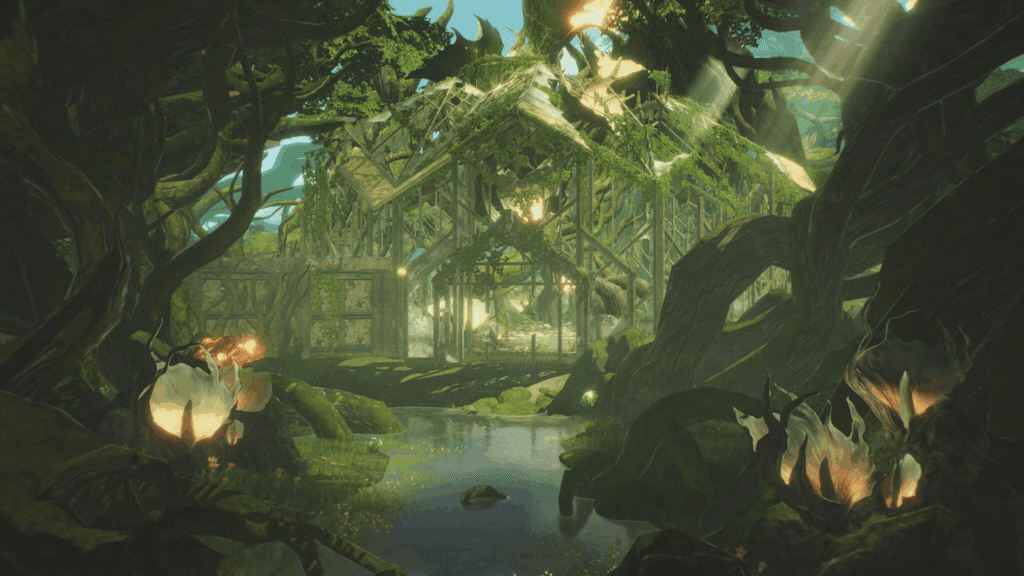
Characters and Controversies
Yumia is anything but the bookish type who hides behind an escort of bodyguards while rummaging around in a satchel for something to help in combat encounters. Instead, our heroine will charge confidently into battle, equipped with a handy mechanical staff which she uses to shoot projectiles at her foes before twirling through the air, delivering impressive blows through stylish gymnastic combat.
As much as I enjoy a solid, convincing coming-of-age drama, the Atelier series has never really evolved its protagonists outside of teenage freeloaders and bumbling rookie Alchemists. Atelier Yumia is very different. A protagonist with set goals and the knowledge to achieve them really paves the way for a more productive story.
Yumia is, by far, my favourite Atelier protagonist. She’s a driven young woman who actively proves her worth, rather than fumbling from errand to errand. I did hear complaints that Yumia is needlessly sexualised in the game, but honestly, I found the fan service in Atelier Yumia to be minimal. The camera even seems to actively avoid panty shots during Yumia’s frequent gymnastic flips.
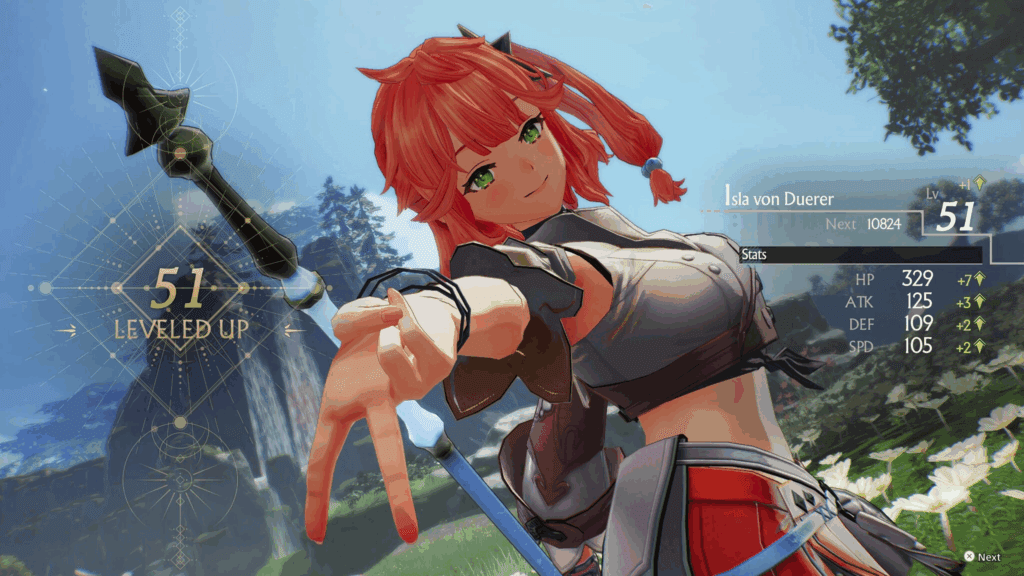
Conclusion
It’s important to remember that a great protagonist doesn’t automatically equate to a perfect game, with more than a few series bad habits sticking around here. The lack of an English dub was more noticeable than ever here, with the cast constantly chatting away while wandering the open world, yet so many of these conversations were lost amid all the action and exploration, keeping our eyes away from the subtitles along the bottom of the screen.
The dub isn’t the only communication breakdown, with page after page of boring grey tutorial boxes interrupting our journey to teach us the basics of mechanics which are either already obvious or not interesting enough to be relevant in the moment. A staggering amount of moderately lengthy loading screens also interrupt the game constantly.
Atelier games do have a tendency to include a slow first few hours which can make or break the experience for many, and Yumia is no exception. We spend a hefty amount of time trapped in tutorials, learning mechanics we never asked for, or trying to decipher hints at future plot twists, yet be patient, and the rewards will come.
Atelier Yumia wants you to take a step back to enjoy the beautiful world which is gradually exposed to you. We don’t need to worry about those old-fashioned time limits any more, and can now get absorbed into a complex world. It’s the game that finally puts the adventuring before the crafting, and it works well. Far from perfect, but a major step in the right direction.
Joys
- Deeper, more interesting storytelling
- Great new protagonist
- Stylish combat
Cons
- Really suffers from a missing English dub
- Still a lot of crafting mechanics to learn, not helped by constant, boring tutorial screens
- Frequent loading screens which feel unnecessary on PS5
